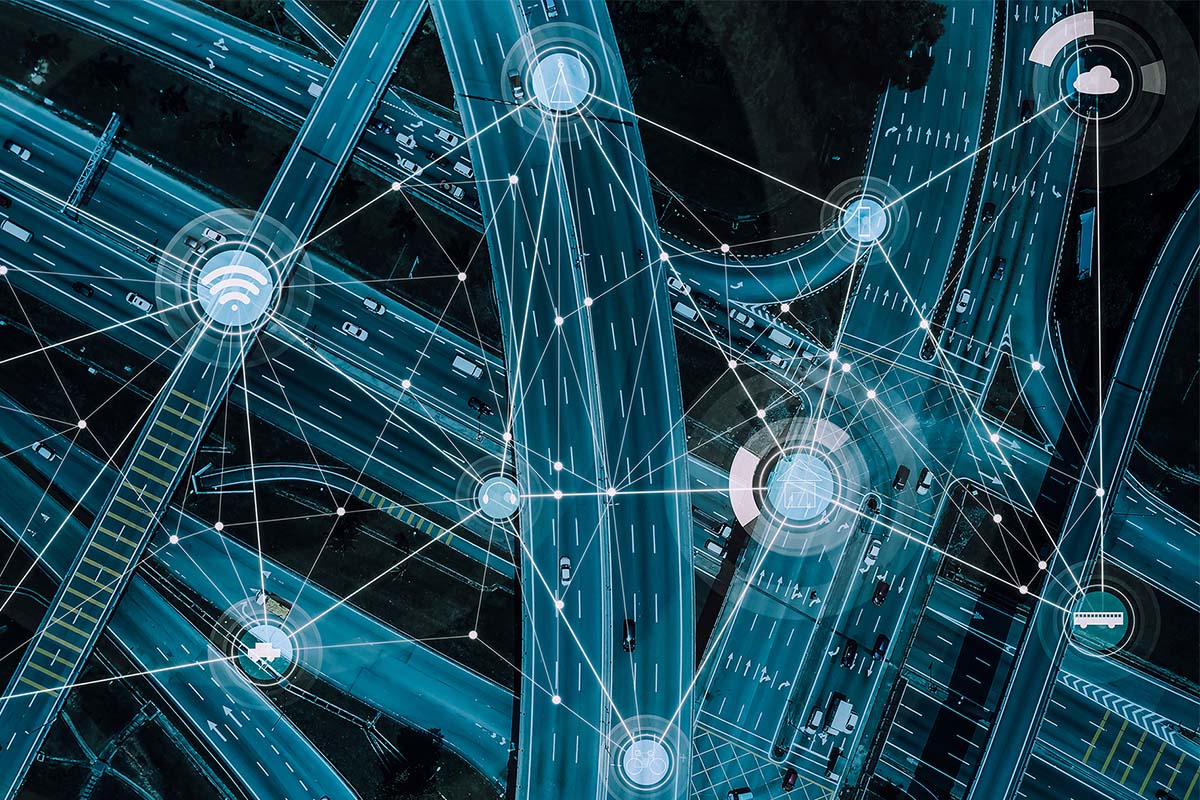Content provided by Bluebeam.

At one time, driverless cars were inconceivable. Even the cartoon ‘Jetsons‘ had to drive themselves. However, driverless cars are now a question of when, not if. Since fully autonomous vehicles are likely the future, questions such as, ‘What are the benefits of driverless vehicles?’ and ‘How can they be realised?’ must be answered.
The answer to both questions – and a critical development for civil contractors to pay attention to – includes vehicle-to-infrastructure (V2I) technology.
What is V2I?
When driving a vehicle, motorists read and react to everything going on around them. The same is true for driverless cars. That’s where V2I comes in.
V2I is the next generation of intelligent transportation systems (ITS). V2I technology, its proponents say, enables wireless exchange of information and data between individual smart vehicles and road infrastructure. The information is transmitted via a fibre-optic line that connects each element.
Information is gathered from traffic signals, road signs, streetlights, signage, lane markings, etc. Data related to traffic congestion, weather advisories, construction zones, parking availability, streetlights and more can be related.
While many of these benefits can be realised by drivers today, proponents of V2I say they will be essential if driverless cars become mainstream in the future.
For V2I to go from concept to reality, however, governments will have to invest in updating infrastructure from analog to digital. Driverless vehicles will be able to communicate with the road and cars around them. By making this connection a reality, proponents say V2I will improve safety, help the environment and increase mobility.
Want to learn more about the next generation of intelligent transformation systems and how the wireless exchange of information between smart vehicles and road infrastructure will impact road safety, the environment and mobility, click here.
Related stories:
- Mastering the art of digital collaboration with Bluebeam
- Bluebeam Announces First Virtual XCON Anywhere Conference
- Bluebeam and The B1M launch ‘Construction Story of the Year’ award


